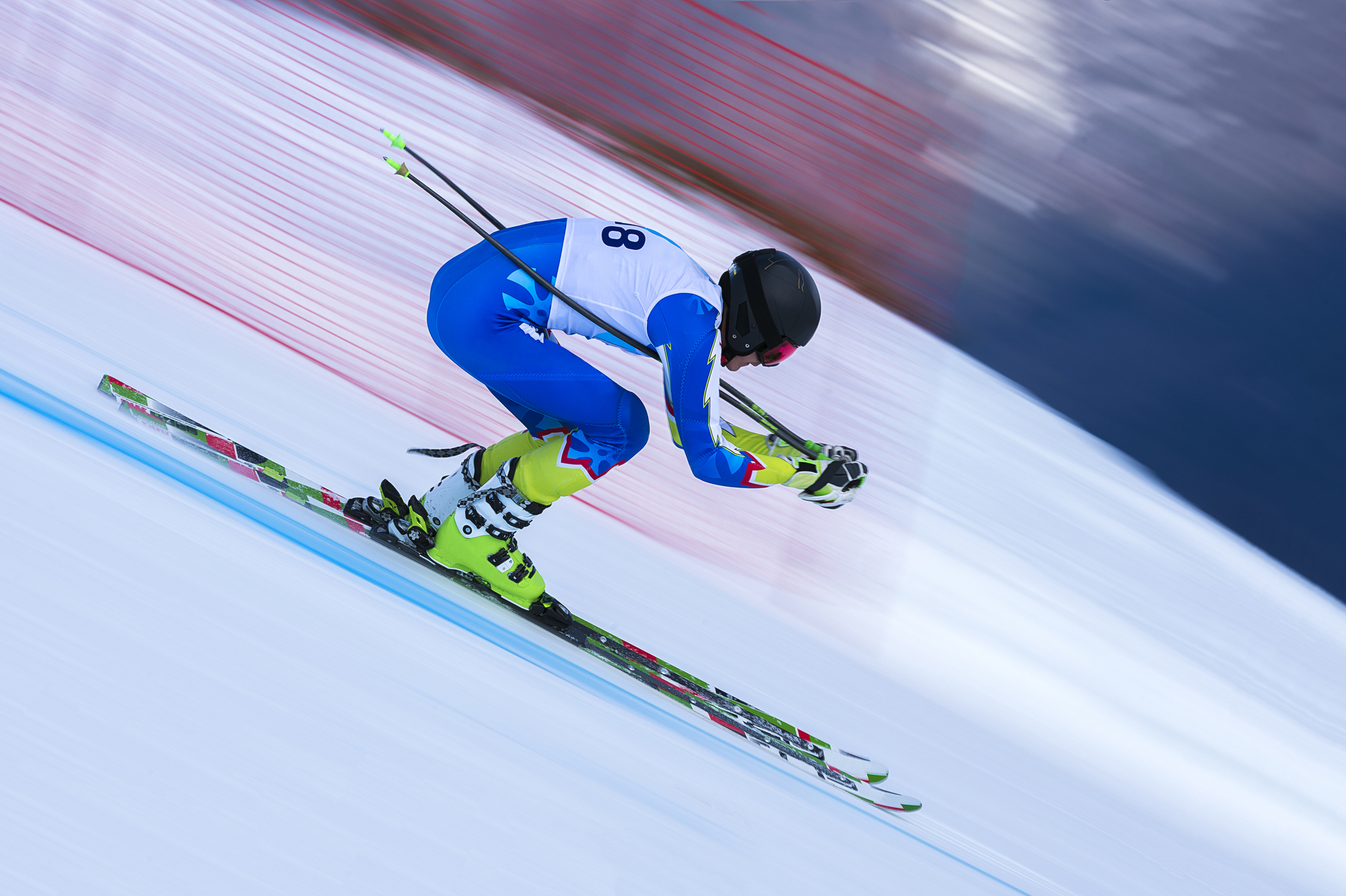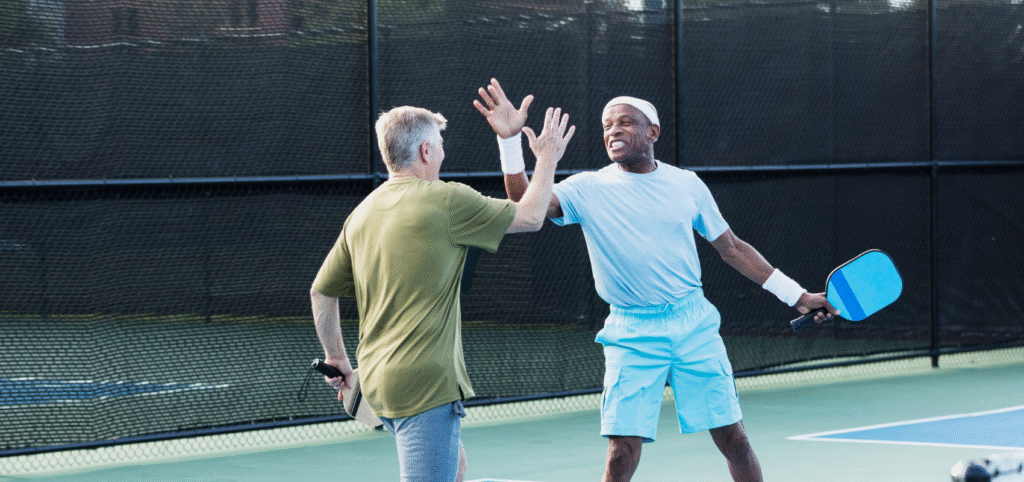During the Olympics, we gather around our screens and watch in suspense as our favorite athletes battle it out for a spot on the podium. We say things like “that McTwist was insane!” or “I wish I could try that!” Some of us leap off the couch eager to practice. But for others, trying one of these sports can be daunting. How do I get started? Where do I go to try this? How should I prepare?
Here are some common questions and answers to ease the early jitters of the novice winter sport enthusiast.
How do I get started?
- Take it slow. If winter sports are really “out of the box” for you, begin gradually. Starting with activities such as sledding and tubing can be a fun introduction for everyone.
- Make your first attempt on a sunny day! Whatever activity you decide, make sure you try it on a warm, nice day. If your first attempt is on a dark, windy, -10° blizzard day, chances are you won’t last long. Nice sunny weather is key to enjoying your first experience.
- Look for a winter sport complex (even if you live in the South). Did you know there is an indoor snow park in Florida? You can try activities like skiing and snowboarding indoors! Many winter sport complexes have skating rinks, cross-country/snowshoe/snow biking trail systems, curling and luging facilities with staff, rentals and lessons to get you started.
- Take a lesson. There are a variety of lesson types: beginners only, adults only, women or men only, group lessons, private lessons. You can also request a female or male instructor or specific personality type, age, etc. to help you feel more comfortable. And you don’t need to sign up in advance — you can request a lesson on the spot.
- Join a club. Most clubs have beginner groups. Look for local groups on social media for meet-ups or first-timer events.
How do I make it cost effective?
- Ski swaps. These events in fall or early winter sell used and new gear. Manufactures and retailers often sell overstock or unsold merchandise, allowing you to snag new equipment or clothing for all sports (not just winter gear) at discounts. Ski swaps are often fundraisers, so check your local listings for dates and times.
- Used sporting goods stores. Look into trade-in programs of outdoor gear toward store credit or cash.
- Daily vs. seasonal rentals. Some resorts will offer rentals for the entire season. This is a great way to learn and practice with the same piece of equipment.
- Discounts. Many places offer specific beginner packages. A lesson and gear-rental combo is usually cheaper than purchasing individually. Many area hotels have “ski and stay” offers with discounts on food and lodging.
I’ve started — now what?
- Consistency. This is key. You probably won’t be able to go down a black diamond your first time on snowboard, but practice makes progress.
- Take more lessons. I took a women’s only group lesson that met every week, and it was one of the best decisions I’ve ever made. I had a no-judgement environment to learn in while gaining a supportive group of peers to keep me going.
- Get a buddy. You’ve heard the phrase “get a workout partner.” The same is true for your new winter sport. A friend or group makes you accountable.
- Use your other skills to advance. Most people have skills from other activities that can transfer to their new winter sport. Do you have great balance from your yoga practice? This is an important skill in skating. Do you hike or backpack in the summer? Those boots and hiking poles you already own provide a similar feeling to the one you get with ski boots and ski poles! Take the skills you already have and put them to use in a new way.
What should I know as beginner?
- Costs lower over time. Once you have the gear, the costs decrease dramatically.
- Get strong beforehand. Physical conditioning does help, especially if you are traveling to higher elevations for the first time. It will also help you recover faster.
- Training inside can help you outside. Strengthen your body for your new winter sport. Sport-specific exercises can help you advance and keep you motivated.
- The myth: This is only for kids. There are lots of programs and resources solely for adult beginners. I work as a part-time ski instructor, and I have taught people in their 70s how to ski. You can learn at any age.
- The myth: It is easier if you start young. As an adult you are stronger, fully developed and have a lot more mental experience. Most likely you have gone through a learning process before, so use that to help you advance.
- You won’t be a beginner forever. Be patient. It is easy to get frustrated because you are not advancing as quickly as you hope. Keep trying. You will get off the bunny hill. I promise. The joy of activities that we can do well into our 90s is worth it.
And lastly — what does “après-ski” mean?
One of the best aspects of any winter activity is “après” time, which translates to “the social activities and entertainment following a day’s skiing.” This means coming inside, taking off your outdoor clothing, sipping on a beverage (think hot toddy or hot chocolate) and warming up by a cozy fire. This one is by far the easiest to learn!
These activities are wonderful avenues to maintaining our physical, social and mental health during the darkest times of the year. So go on — try a new sport and release your inner Olympian!

Laura Young holds a Ph.D. in health and kinesiology from the University of Utah and is a part-time ski instructor with the Professional Ski Instructors of America.




